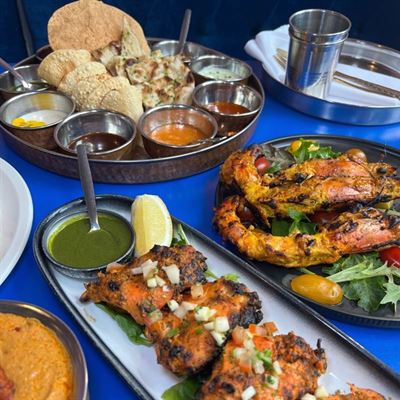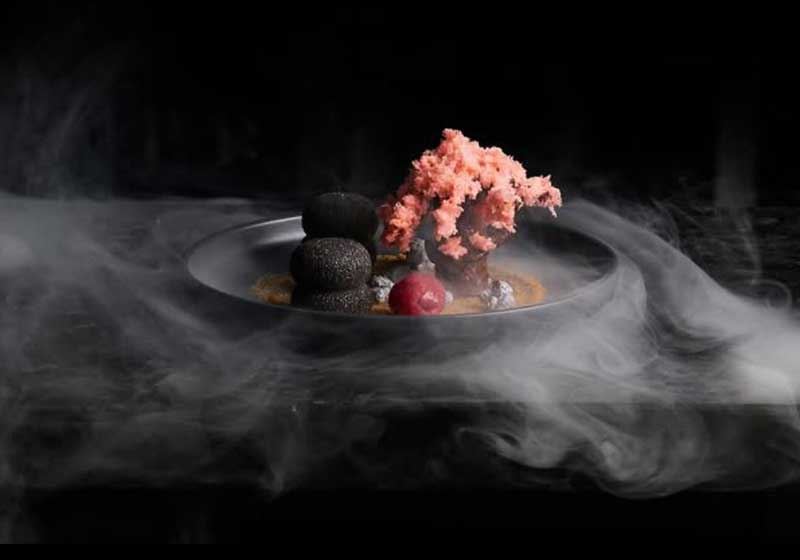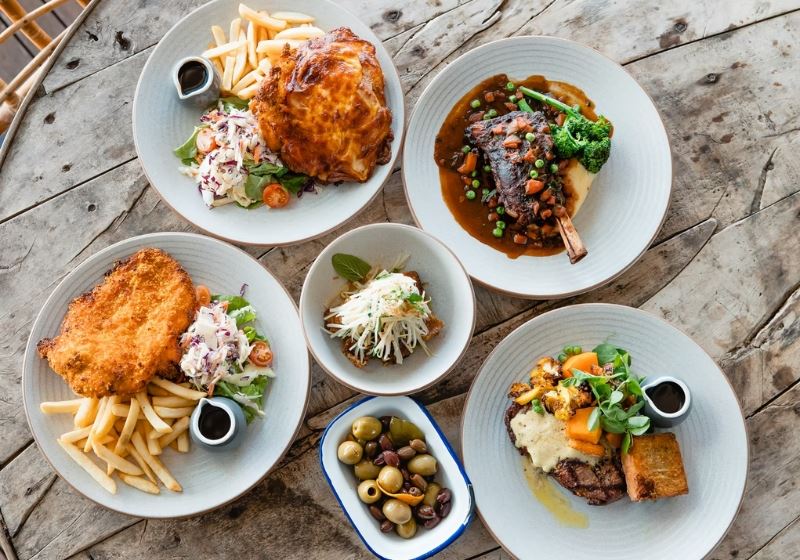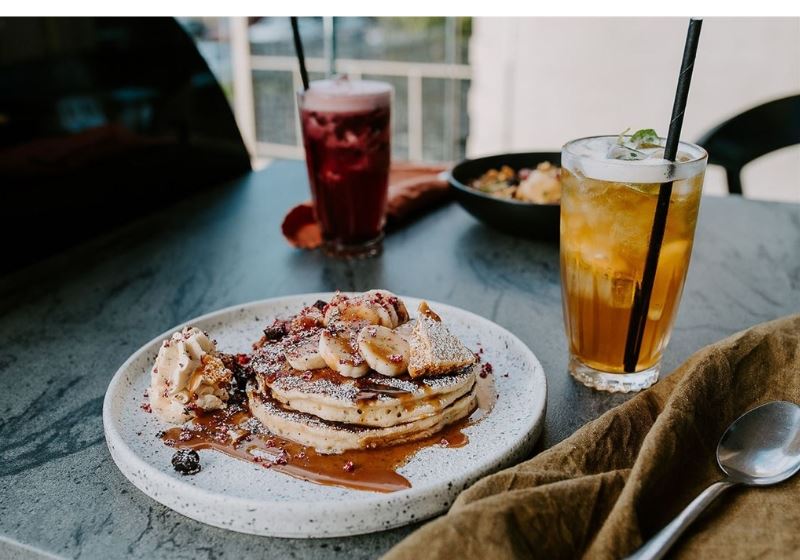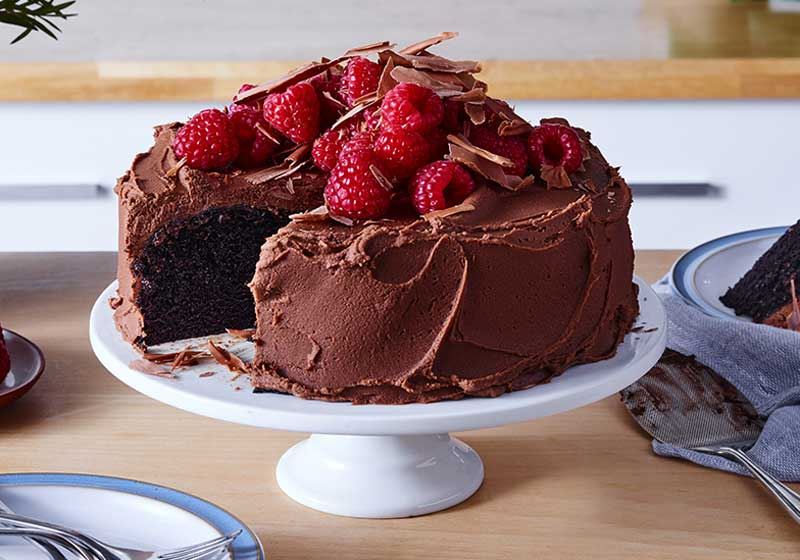By Joseph Steele.
This isn’t your neighbourhood curry house slinging limp naan and creamy butter chicken toned down for Western palates. This is Indian cuisine reimagined, reclaimed and rooted more deeply than ever in the country’s kaleidoscopic culinary heritage.
Indian cuisine has long been loved, holding a steadfast place in the Australian dining roster, however, the fare we’ve become accustomed to is a long way from the reality. In cities like Melbourne and Sydney, a cadre of second-generation Chefs and restaurateurs is leading the charge to usher in the new age of Indian dining.
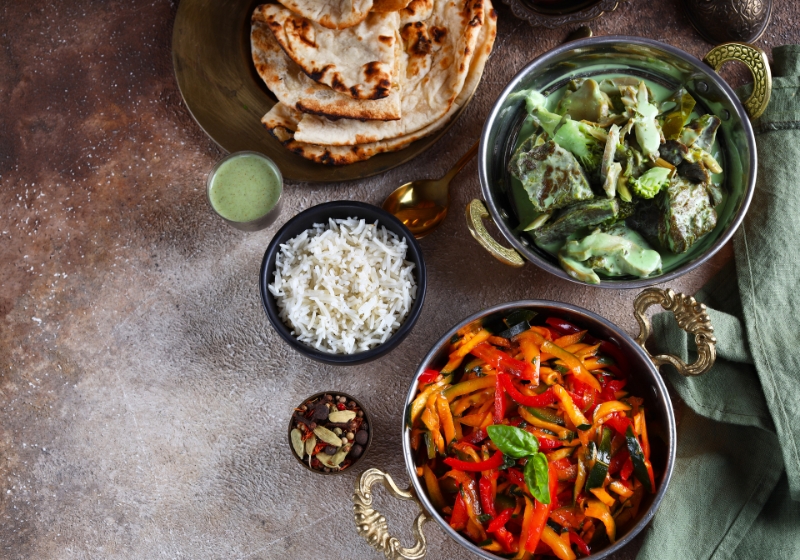
The dated model of ‘one-size-fits-all Indian’ has been ditched. Dishes from Delhi to Goa are no longer being flattened into a single Anglicised idea of a 'curry'. In its place? A celebration of regional dishes. An appreciation for the subtle nuances of fermentation-forward techniques. Flavour driven (and embraced) by smoke, as well as a welcome dose of irreverence.
Many Chefs will tell you the turning point was the collective fatigue around mimicry. Far too long Indian cuisine in Australia was filtered through a colonial lens. A robust culture adapted, simplified and mass-produced to satisfy Western cravings rather than to reflect the complexities of the Subcontinent.
Today, the cooking is coming from memory and connection to heritage, rather than manuals. Beloved techniques from mothers, aunties and even through to street vendors, are being employed not because it’s 'authentic' – but because it's real.
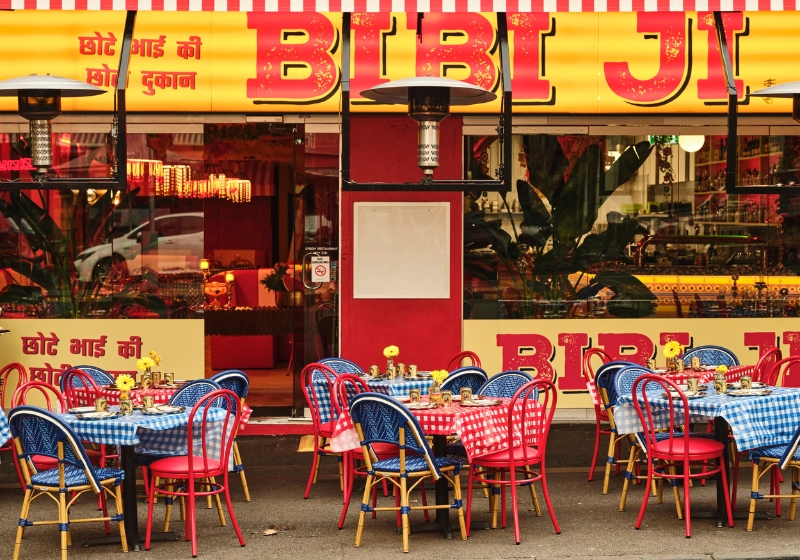
In Carlton, Bibi Ji has become a quiet beacon of the cultural shift. Walk past the striped red-and-white awning on a sunny afternoon and you might mistake it for European bistro. Step inside and you’re greeted with the scent of mustard seed, ghee and roasted cumin, all telling another story. This is a restaurant where railway chicken curry – spiked with tomato, onion and a chorus of ground spices – tastes like a flashback to a noisy Indian train station, yet is plated with the care of a fine-dining establishment. Here, Amritsari fried fish (a dish traditionally eaten on the go in Punjab) with the distinct crunchy golden fillets, is elevated without being adulterated.
It's casual, yes. However, the kind of casual that you would find at an Italian trattoria or Japanese izakaya. Grounded in comfort, not compromise.
Then there are those who are breaking the rules, not out of rebellion, but to finally cook without apology. Think Don’t Tell Aunty in Surry Hills, where the walls are loud, the music pumps and the flavours are uncompromised. The restaurant’s ethos? Cook what you love, how you love it – and don’t tell the Aunties back home (good luck though, those of us who have experienced it know that the Auntie network is better connected than the FBI!).
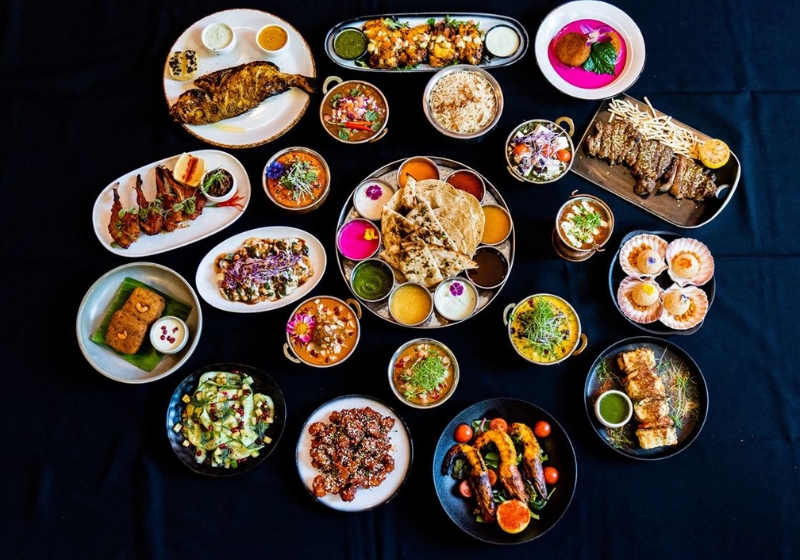
Chef Jai Singh’s approach is culinary anarchy with heart. One minute you’re biting into a crispy cauliflower with housemade tomato sauce that feels vaguely Italian, the next you’re chasing chicken biryani balls with cooling raita. Singh doesn’t fuse cultures for novelty, he does it to challenge expectations, both of Indian food and of what a 'serious' restaurant should look like.
Which, begs the question, is that not part of the point? These Chefs are not only reclaiming their heritage; they’re freeing it from a diluted, neutered lens of assimilation. They’re cooking for a generation raised on both masala and MasterChef.
Fire has returned to kitchens with as much gusto as flavour. Tandoors, charcoal grills, even open flames bring back the primal techniques that define so much of India’s regional dishes. So too has patience. Slow cooking, ageing, pickling and fermenting are no longer the domains of Noma and Nordic gastronomy.
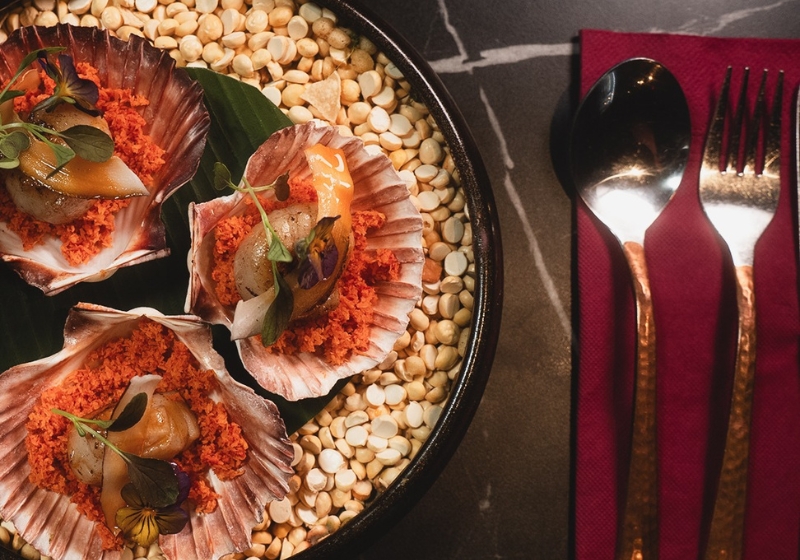
At Seven Spices in Lane Cove, the menu reads like a conversation between ancient technique and modern sensibilities. Juicy lamb kebabs arrive with a saffron and chilli foam that feels more fine-dining than Delhi, while baby goat curry with its infusion of mint and coriander nods respectfully to Indian roots. The past isn’t repackaged; it’s honoured, embellished and served up with a dose of refined theatricality.
This isn’t nostalgia. It’s culinary evolution.
Similarly, at Atta in Albert Park, Melbourne, the kitchen is akin to a design studio. Equal parts lab, atelier and memory bank. Gold leaf, coconut vindaloo reductions, zucchini flowers – the visual identifiers of haute cuisine – sit effortlessly alongside robust and spice-laden classics. It’s less about the reinvention of Indian food and more about peeling back its layers. Unwrapping it to reveal the elegance and complexity that’s always been there, bubbling away under the surface.
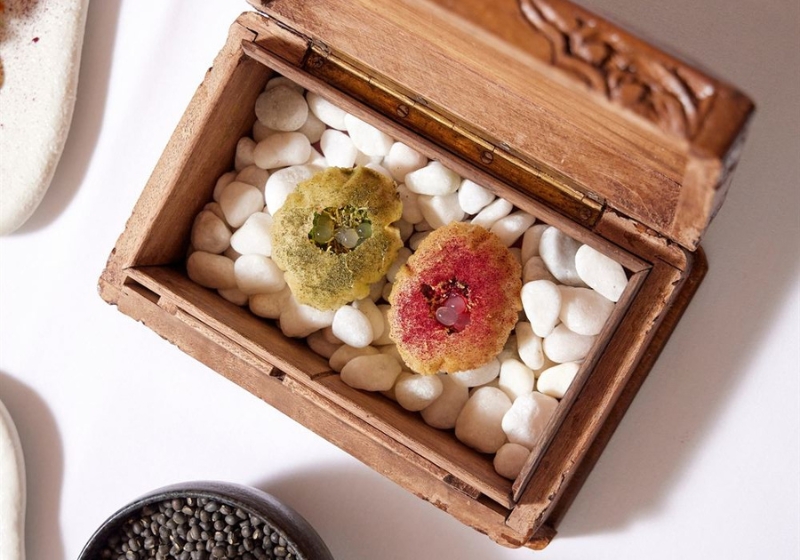
So why now?
Australia’s multiculturalism plays no small role. With access to both Indian and local Australian produce, Chefs are able to draw from a broader pantry. The next frontier is a blend of native Australian ingredients – think wattleseed in your naan or bush tomato balancing the sweetness of a curry. It’s a terroir twist that works.
Diners are becoming increasingly adventurous, with a voracious appetite for grassroots authenticity. Interest for the likes of ghee-aged duck or fermented dosa batter that’s been left to bubble like a fine sourdough starter is coming through thick and fast. More importantly, Australia is finally ready to understand Indian food as more than spice and heat.
As a cuisine with regional dialects, seasonal variations and stories that are begging to be told. These Chefs – the young, the bold and fiercely proud Chefs – are not just telling those stories. They’re making sure we taste every chapter.


